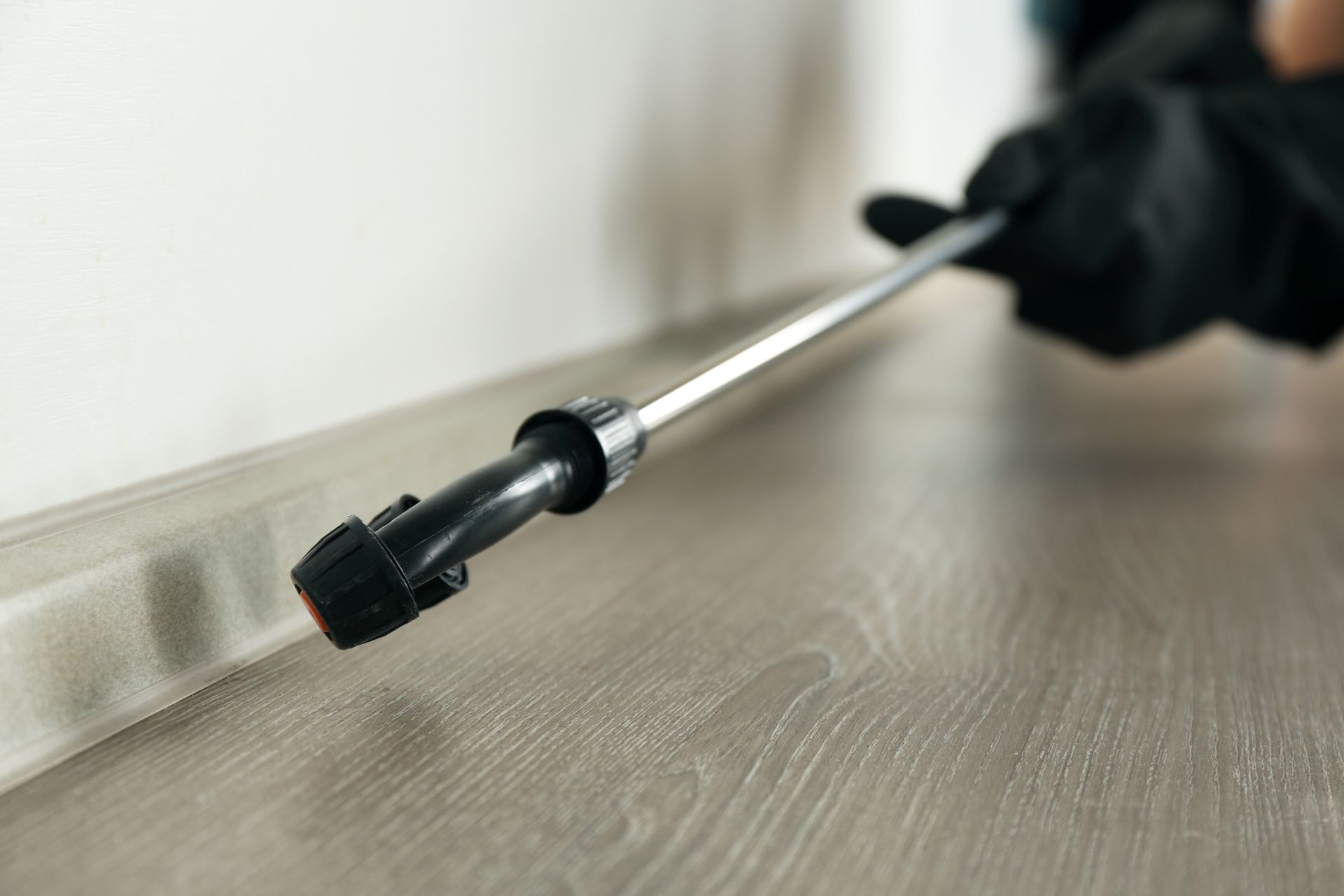Pests You May Notice When Rain Has Been Scarce
Some indoor pests actually become more of a nuisance when the weather has been dry since they enter your home in search of the moisture that they're no longer able to obtain outside. Here are a few pests you may begin discovering in your home during a dry spell.
Millipedes Millipedes are long, slender insects that you might think are worms at first glance. Look more closely, and you will notice that unlike worms, they actually have two pairs of legs emerging from each of their many body segments. Most millipedes are dark brown in color, perhaps with a reddish tint, and are between 2.5 and 4 centimeters long.
Millipedes are usually quite happy living outdoors, but if rain is scarce, they may enter your home in search of moisture. They can sneak in through a crack in your foundation, a gap around a basement window, or a vent cover. Millipedes may also enter a garage by simply crawling under the door, and once they're inside an attached garage, they don't have to venture far into your kitchen, laundry room, or bathroom.
Don't be too alarmed if you discover millipedes in your home. They don't bite, destroy your possessions, or spread any diseases. You may experience some skin irritation if you handle them, but you can easily avoid this by putting on gloves before touching any of the pests.
Millipedes are not too tough to get rid of. Work with a pest control company to identify and seal off entry points, eliminate sources of moisture in your home, and apply chemical products around your foundation to kill any additional pests that may try to find a way in.
Crickets
Crickets chirp loudly, making it difficult for them to go unnoticed once they sneak inside your home. Usually, the crickets found inside homes are house crickets; they are yellow-brown, about 3/4 inch long, have distinct antennae, and will glide out of your way if startled.
House crickets may begin breeding inside your home once they invade, so address an infestation quickly. Vacuum up any living crickets you find, and empty your vacuum bag outside. Clean up any mulch and debris near your home's foundation, and seal any possible entry points, like cracked window and door frames.
Also, take steps to dry out your basement or crawlspace — house crickets can't reproduce or thrive without moisture.
If the crickets you find inside your home are black, not brown, they are field crickets. Field crickets may enter a home when they're desperate for moisture, but they won't reproduce in your home like house crickets. Trap or vacuum up the ones you can find, and don't worry too much; you'll likely stop finding them once the weather changes.
Pillbugs and Sowbugs
You've probably seen pillbugs and sowbugs before when you've picked up a rock or log in the woods. These tiny bugs have segmented bodies and look like pills or tiny crayfish. They prefer to live outside and will only invade a home if that home is the only source of moisture they can find.
Pillbugs and sowbugs do differ from one another slightly. Pillbugs are capable of rolling into a ball and often do when when touched. Sowbugs cannot roll into a ball. Since the insects share so many characteristics, you can use the same treatment to eradicate them.
Insecticides are not very effective against these pests. To get rid of them, you need to eliminate their food source and their source of moisture.
Often, their food source is outside — a pile of brush by your foundation, a decaying compost pile in the garden bed, or leaf litter in a gutter. Their source of moisture may be a leaky pipe, an uncovered sump pump pit, or an air conditioner that is leaking condensate all over the floor.
Ants Often, if you find ants in your home, it's because you are providing them with a food source, such as crumbs in your cupboards or pet food left overnight. But in the middle of a drought, an ant infestation may simply indicate that your home is the best source of moisture they can find.
Ants often appear in kitchens and bathrooms. They may obtain moisture from a leaky faucet or from water that sits around the drain after you use the sink. Moisture that lingers between shower tiles after a shower is also appealing to them.
Ants are tough to eliminate, and you'll have the best luck if you hire a professional to come apply insecticides and baits early on. However, taking steps to eliminate moisture sources is also important. Repair leaky faucets and toilets. Dry the shower after you use it, and use a towel to soak up moisture around the faucet and drain after you use the sink.
Weeks without rain can lead to an increase in indoor pest infestations. If you've been dealing with any of these bothersome pests inside your home, contact Paffy's Pest Control to schedule an appointment.















